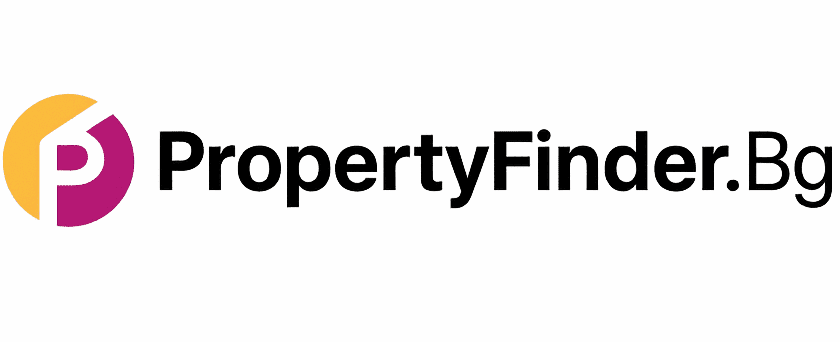Contents
Having already looked at gross and net rental yields, it’s time to turn our attention to a more holistic and important indicator of the profitability of your real estate investment – the return on investment ( ROI).
In this article you will learn what ROI is, how it is calculated and why it is so important in property investment.
What is return on investment (ROI)?
ROI (Return on Investment) is a financial indicator that measures the effectiveness of an investment. It makes it easy to understand what percentage of profit or loss you have generated in relation to your investment.
The formula is:
ROI (%) = (Net Profit from Investment / Cost of Investment) × 100
Main components of ROI
1. Net profit on investment
May include:
- Annual net rental income (NOI), after operating expenses;
- Cash flow after debt service (for a mortgage loan);
- Capital gain or loss on the eventual sale of the property.
2. Price of the investment
Covers all actual inputs:
- Purchase price of the property;
- Acquisition costs (taxes, notary fees, commissions);
- Improvements and repairs made.
ROI for different types of purchases
1. Purchase with own funds (cash)
When buying a property entirely with your own funds, the calculation is simple:
ROI (%) = (Annual Net Rental Income / Total Acquisition Cost) × 100
In this case, the ROI often matches or is close to the net rental yield (NRY) metric.
2. Financed purchase (with mortgage loan)
When using a loan, ROI is calculated against the equity invested, not the entire value of the property.
The formula is:
ROI (%) = (Annual Cash Flow After Debt Service / Total Equity Invested) × 100
Important: This indicator is very similar to the so-called Cash-on-Cash Return, which we will also discuss in a separate article.
Example of ROI calculation for a purchase with a mortgage loan
In this example, we consider a situation where the property was purchased with partial mortgage financing.
- Property acquisition price: €100,000
- Down payment (20%): €20,000
- Acquisition costs: €10,000
- Total equity invested: €30,000
- Annual rental income: €12,000
- Annual operating costs (excluding mortgage): €3,600
- NOI (Net Operating Income): €12,000 – €3,600 = €8,400
- Annual mortgage payments: €5,153.52
- Annual cash flow after debt service: €8,400 – €5,153.52 = €3,246.48
ROI calculation:
ROI (%) = (€3,246.48 / €30,000) × 100 = 10.82%
How ROI changes when selling the property
When selling the property, the ROI is calculated as follows:
ROI (%) = [(Sale Price - Selling Costs - Original Investment Cost) / Original Investment Cost] × 100
This formula includes capital gain and gives a complete picture of the return on investment.
What you need to know about ROI
- The use of a loan can significantly increase ROI if the return on the property exceeds the cost of financing.
- The ROI on a financed purchase is often higher compared to an all equity purchase.
- Higher ROI comes with greater risk – loan obligations must be serviced regardless of rental income.
Limitations of the ROI indicator
It is important to keep in mind that ROI is not universal and has its limitations:
1. Does not consider the time factor
ROI shows the total return, but does not say how long it has been achieved. Therefore, when comparing different investments, it is advisable to use indicators such as:
- IRR – Internal Rate of Return;
- NPV – Net Present Value.
2. Capital gain is notional
The capital gain is accounted for only when the property is actually sold. Until then, ROI primarily reflects current rental income.
3. ROI is dynamic
Over time ROI may change depending on:
- The market value of the property;
- Rent levels;
- Operating costs;
- Credit terms.
Conclusion
ROI is a simple and useful metric that gives a quick idea of the profitability of a real estate investment. However, it should be considered as part of a more comprehensive analysis, especially if the investment is long-term or financed with a loan.
In the next article, we will take a detailed look at one of the key metrics for funded deals – Cash-on-Cash Return which shows the return on invested equity.
You might also like:
- Hidden Costs Compared: What’s the Real Cost of Buying Property in Italy vs. Spain?
- Gross Rental Yield: a first look at your property’s potential
- Apartment investment: is a studio, one-bedroom or two-bedroom the best choice?
This post is also available in: Български







